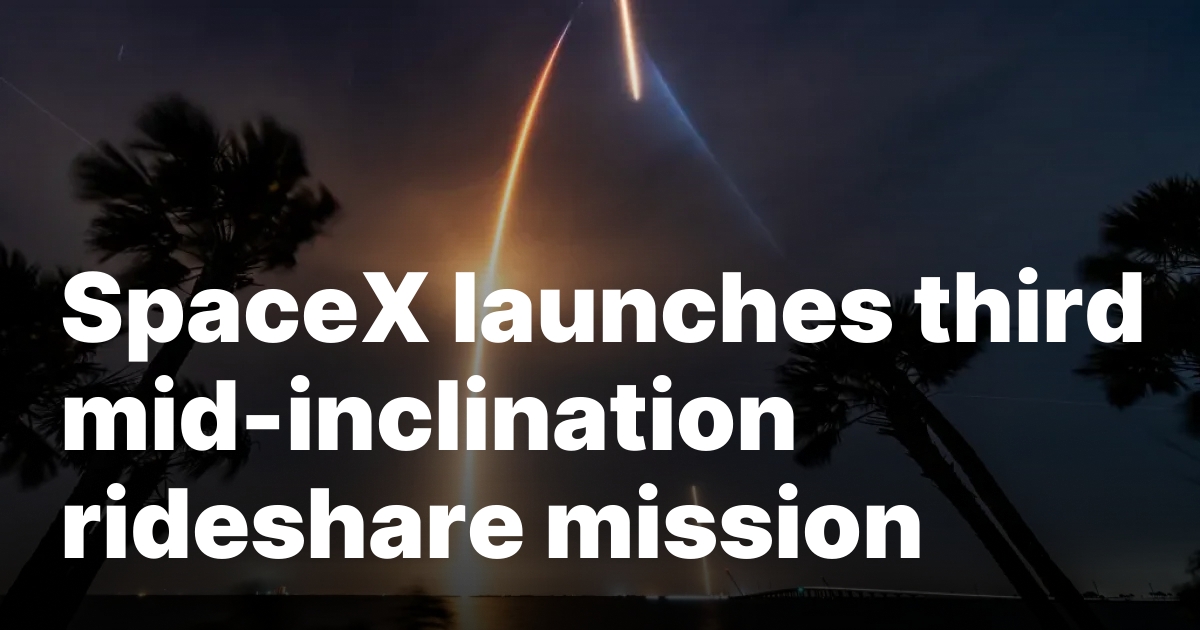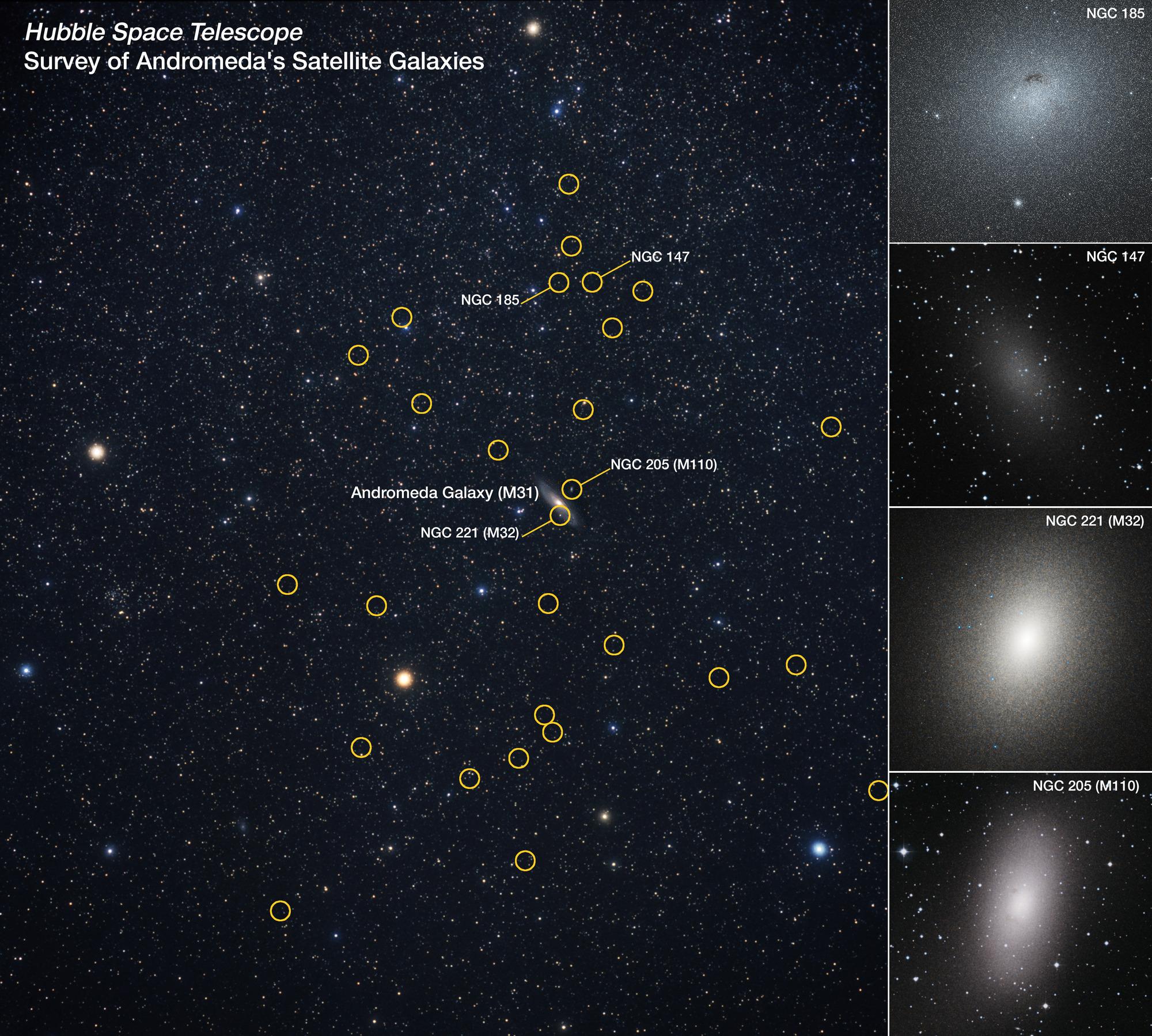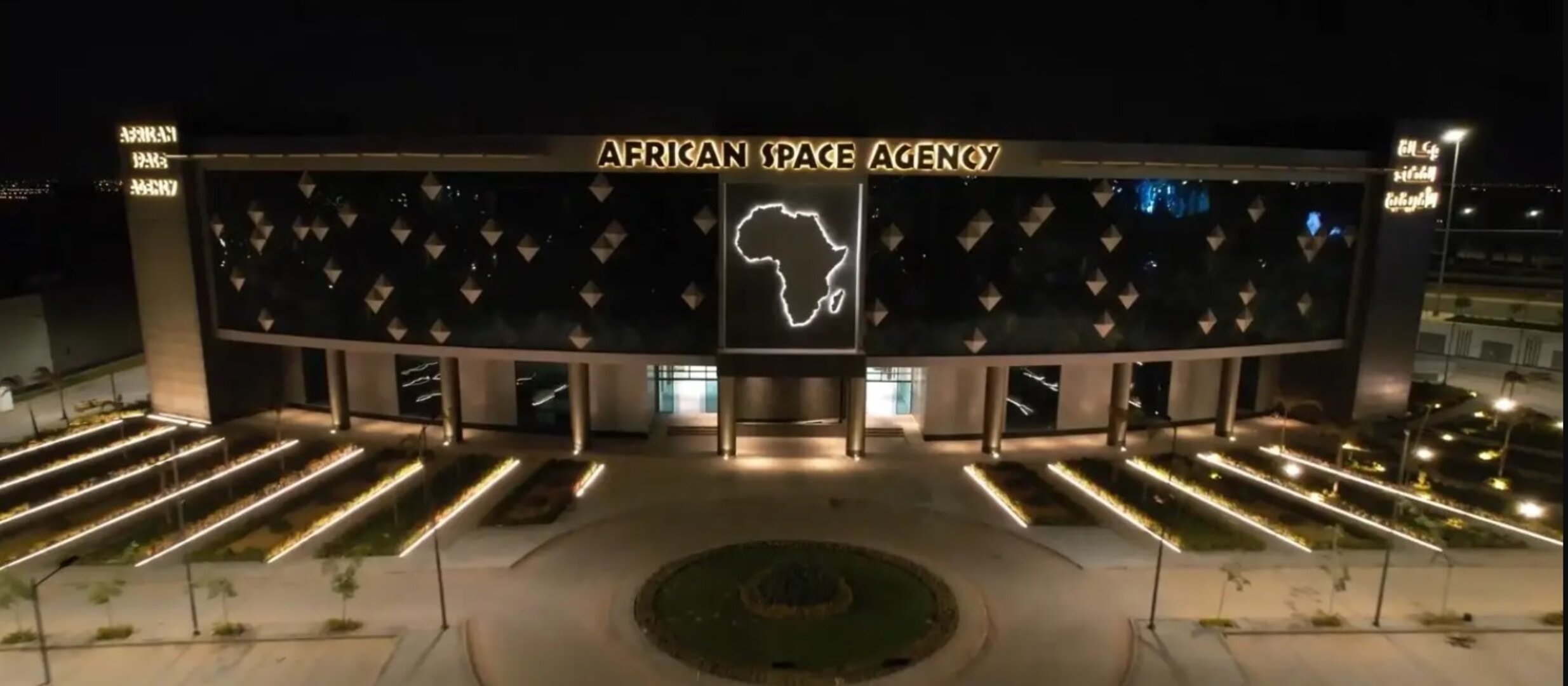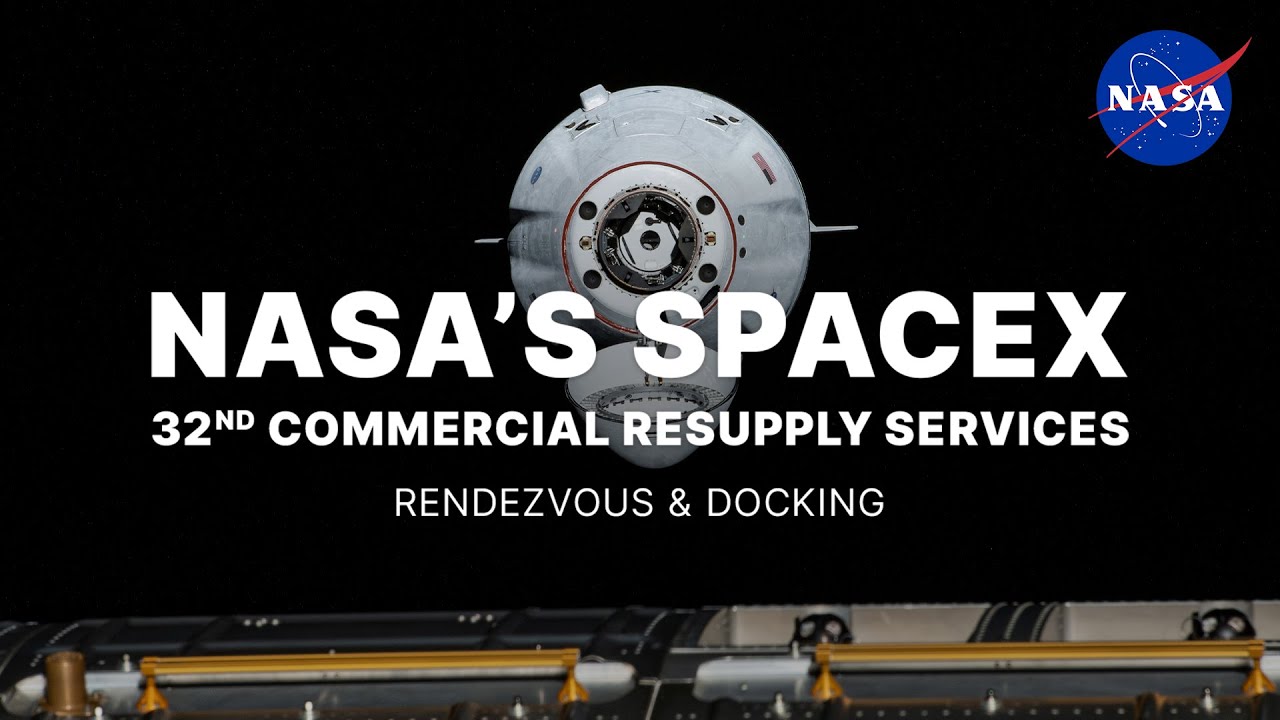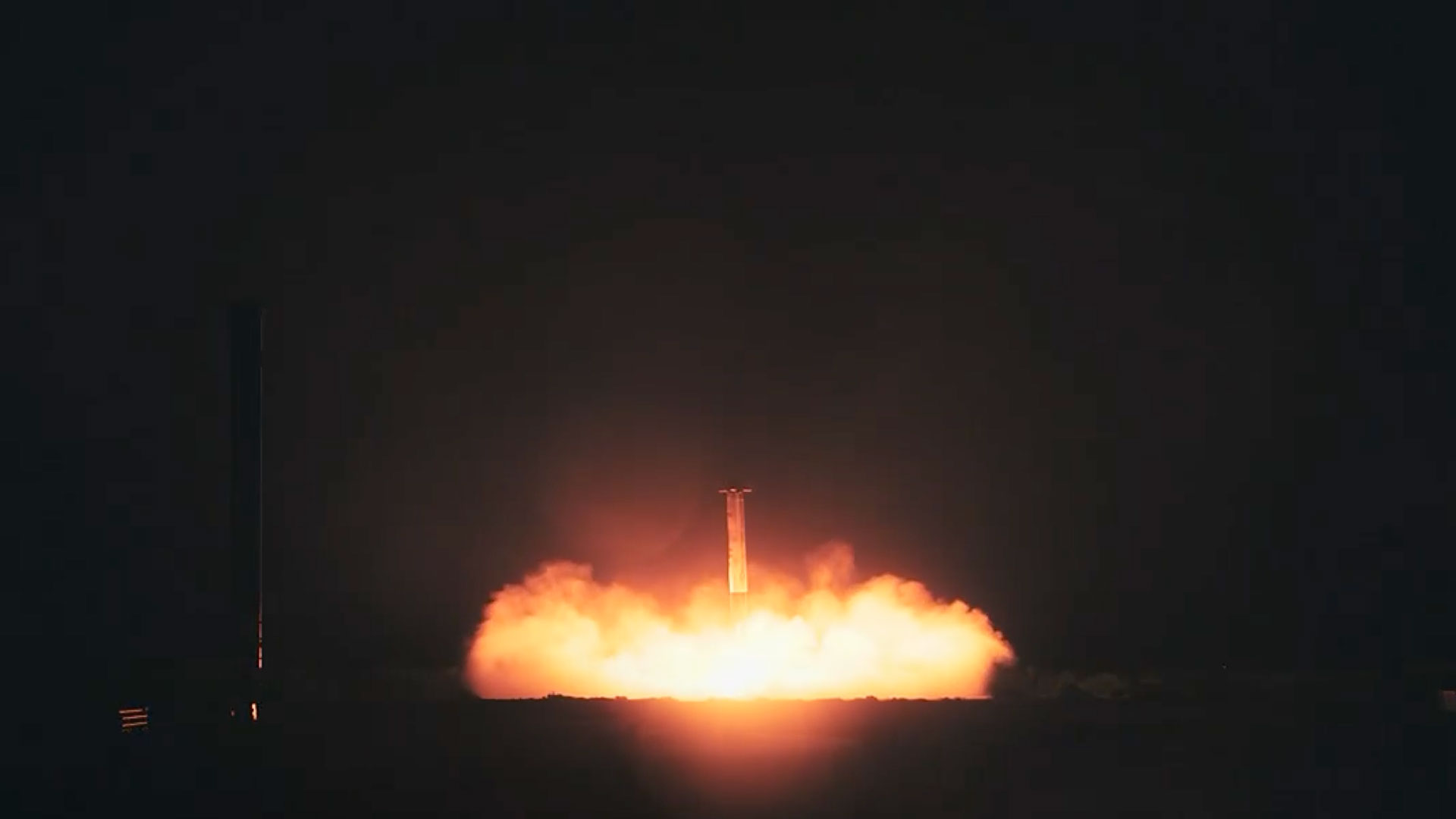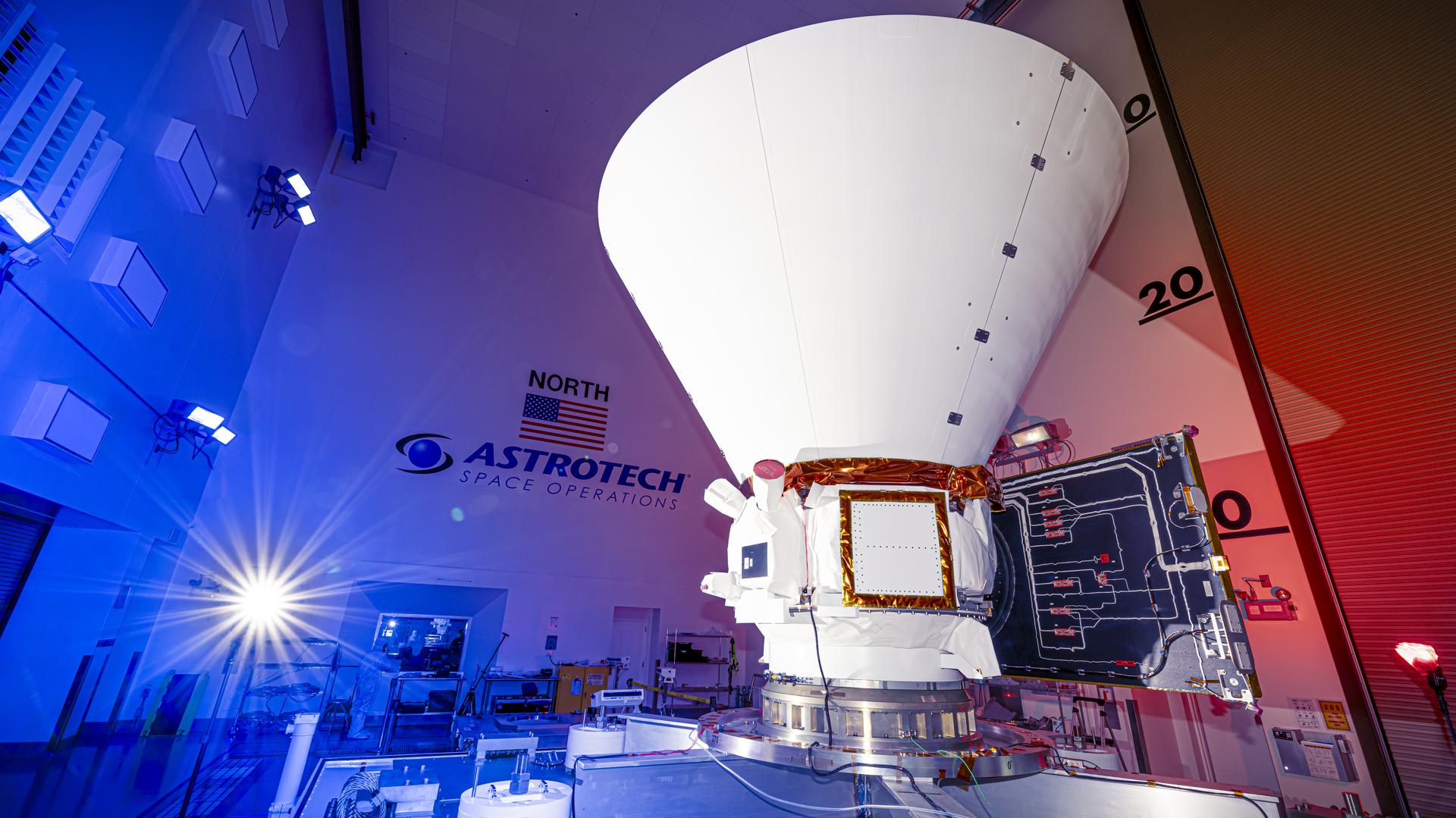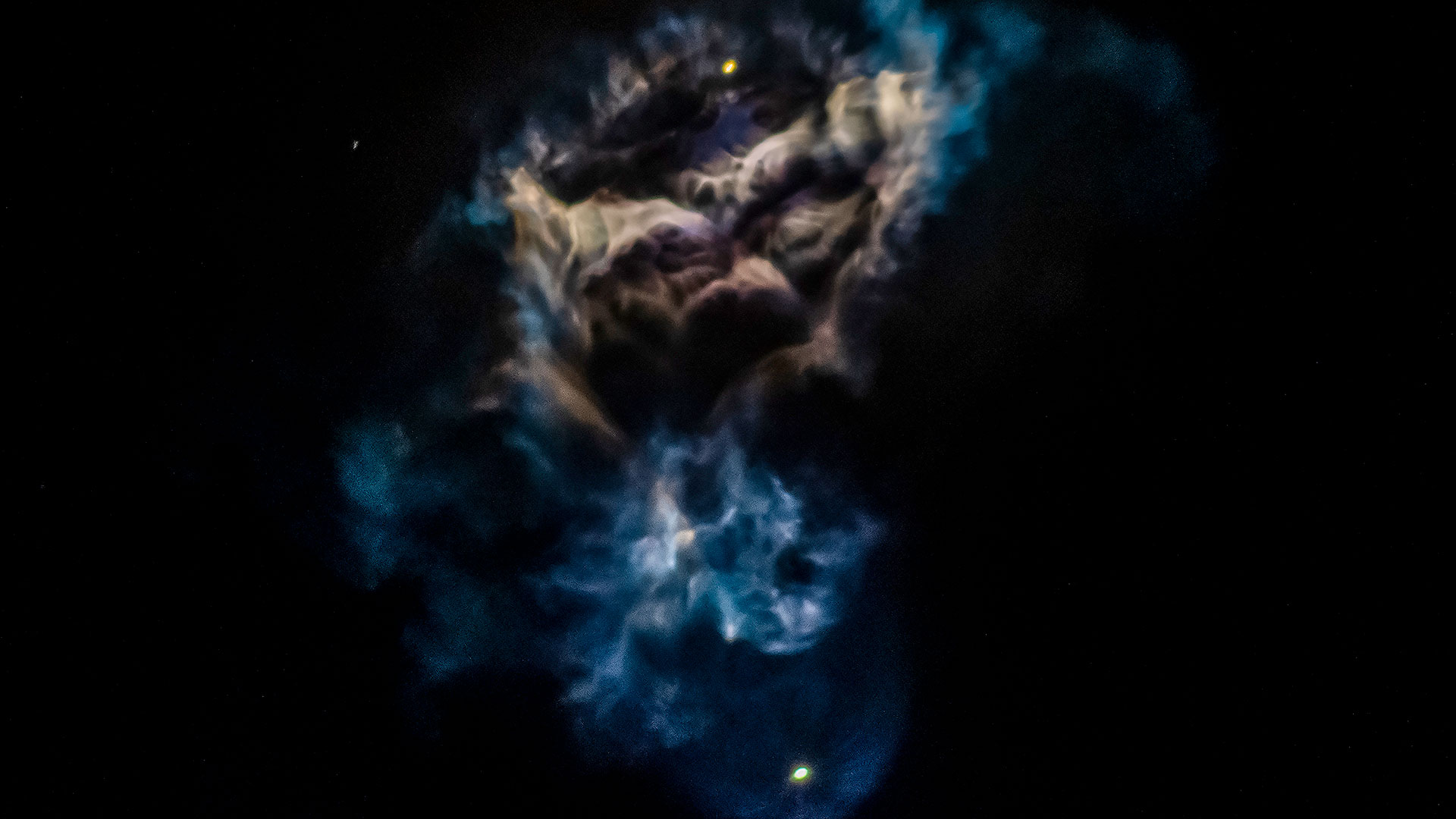WASHINGTON — SpaceX launched the third in its series of mid-inclination dedicated rideshare missions April 21, but with very few rideshare payloads on board. A Falcon 9 lifted off from
Archive for April, 202534- Page
Our neighboring Andromeda Galaxy (Messier 31, or M31) appears to sport a lopsided arrangement of satellite galaxies that defy scientific models, stumping astronomers who are also trying to figure out
Agency 22/04/2025 370 views 7 likes The European Space Agency has joined the world space community in congratulating the African Space Agency on its official inauguration. The African Space Agency
NASA’s SpaceX 32nd Commercial Resupply Services Rendezvous and Docking – YouTube Watch On A SpaceX Dragon cargo capsule is scheduled to arrive at the International Space Station (ISS) this morning
SpaceX just sent a pioneering European capsule to the final frontier. A Falcon 9 rocket lifted off from Cape Canaveral Space Force Station in Florida today (April 21) at 8:48
SAN FRANCISCO – A White House budget proposal calls for replacing the National Oceanic and Atmospheric Administration’s future geostationary satellite constellation, GeoXO, with a far less expensive and ambitious program.
Live coverage: SpaceX to launch Bandwagon-3 rideshare mission on Falcon 9 rocket from Cape Canaveral
A SpaceX Falcon 9 rocket stands at Space Launch Complex 40 (SLC-40) at Cape Canaveral Space Force Station ahead of the planned launch of the Bandwagon-3 rideshare mission. Image: SpaceX
NASA’s SPHEREx (Spectro-Photometer for the History of the Universe, Epoch of Reionization and Ices Explorer), a space telescope, is situated on a work stand ahead of prelaunch operations at the
SpaceX’s early morning launch of a supply shipment to the International Space Station put on a light show, forming a nebula-like apparition in the sky over Florida’s Space Coast. (Image
NASA’s oldest active astronaut has returned home to Houston after his latest stint in orbit. Don Pettit arrived in Space City on Sunday (April 20), which happened to be his
-
 012024 in Review: Highlights from NASA in Silicon Valley
012024 in Review: Highlights from NASA in Silicon Valley -
 02Panasonic Leica Summilux DG 15mm f/1.7 ASPH review
02Panasonic Leica Summilux DG 15mm f/1.7 ASPH review -
 03How New NASA, India Earth Satellite NISAR Will See Earth
03How New NASA, India Earth Satellite NISAR Will See Earth -
 04And Thus Begins A New Year For Life On Earth
04And Thus Begins A New Year For Life On Earth -
 05Astronomy Activation Ambassadors: A New Era
05Astronomy Activation Ambassadors: A New Era -
06SpaceX launch surge helps set new global launch record in 2024
-
 07Space Force plans new ‘Futures Command’ amid pressure to speed up modernization
07Space Force plans new ‘Futures Command’ amid pressure to speed up modernization


